Neuroscience

Neurotransmitter receptors function via various G-protein coupled and G-protein independent mechanisms that activate downstream intracellular signaling pathways such as cAMP/PKA, PI3K/AKT, phospholipase A2, and phospholipase C pathways. For instance, dopamine receptors act through adenylate cyclase to activate PKA and other signaling molecules, thereby mediate gene expression through the actions of CREB and other transcription factors. Other neurotransmitters such as NMDAR or AMPAR are associated with ion channels that control flux of Ca2+ and Na+, thus propagating the action potential across the post-synaptic neuron.
Dysfunctions in GABAergic/glutamatergic/serotonergic/dopaminergic pathways result in a broad range of neurological disorders such as chronic pain, neurodegenerative diseases, and insomnia, as well as mental disorders including schizophrenia, bipolar disorder, depression, and addiction.
-
 B4796 Meclofenamate SodiumSummary: dual COX-1/COX-2 inhibitor
B4796 Meclofenamate SodiumSummary: dual COX-1/COX-2 inhibitor -
 B4873 NitenpyramSummary: nicotinic acetylcholine receptor (AchR) agonist
B4873 NitenpyramSummary: nicotinic acetylcholine receptor (AchR) agonist -
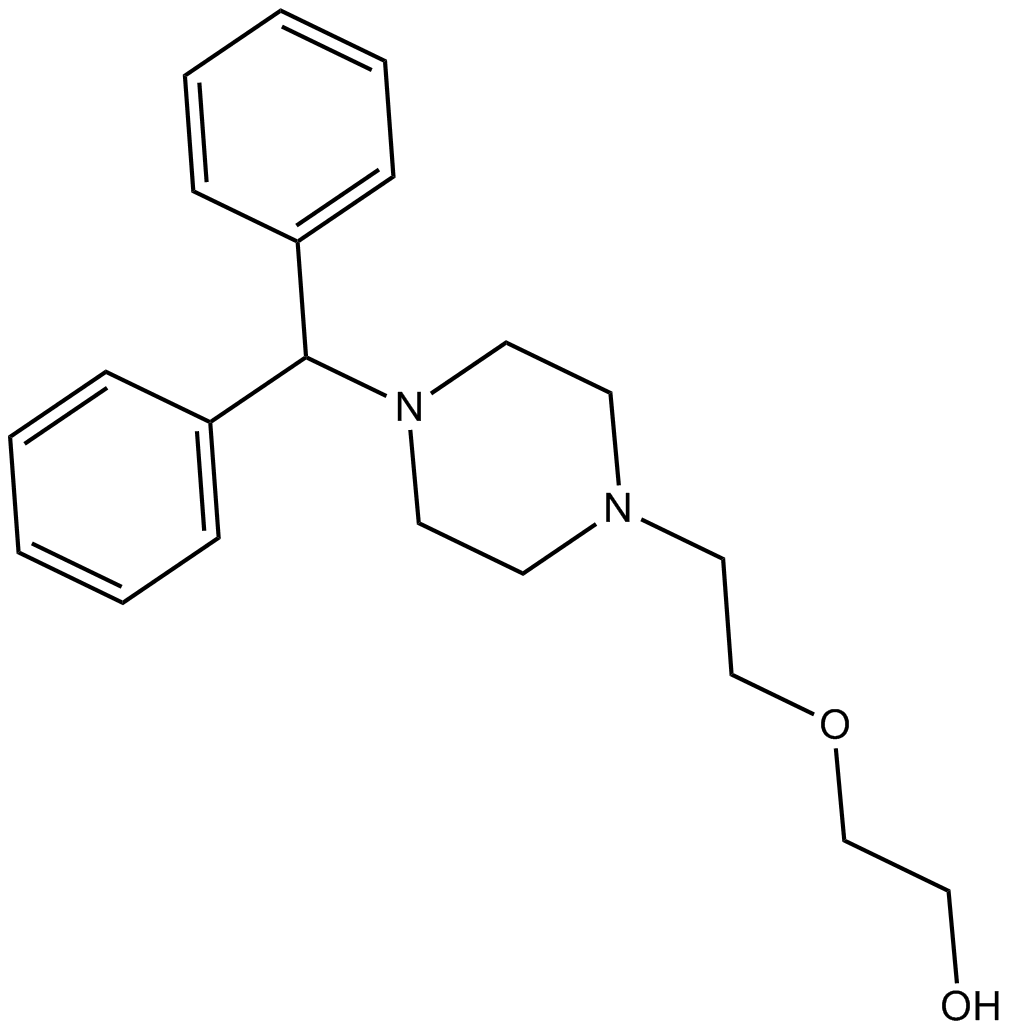 B4843 DecloxizineSummary: histamine 1 receptor antagonist
B4843 DecloxizineSummary: histamine 1 receptor antagonist -
 B1198 CisaprideTarget: Voltage-gated Potassium (KV) Channels|5-HT4 ReceptorSummary: 5-HT4 receptor agonist
B1198 CisaprideTarget: Voltage-gated Potassium (KV) Channels|5-HT4 ReceptorSummary: 5-HT4 receptor agonist -
 B6298 Bromocriptine mesylateSummary: A potent, selective D2-like dopamine receptor agonist
B6298 Bromocriptine mesylateSummary: A potent, selective D2-like dopamine receptor agonist -
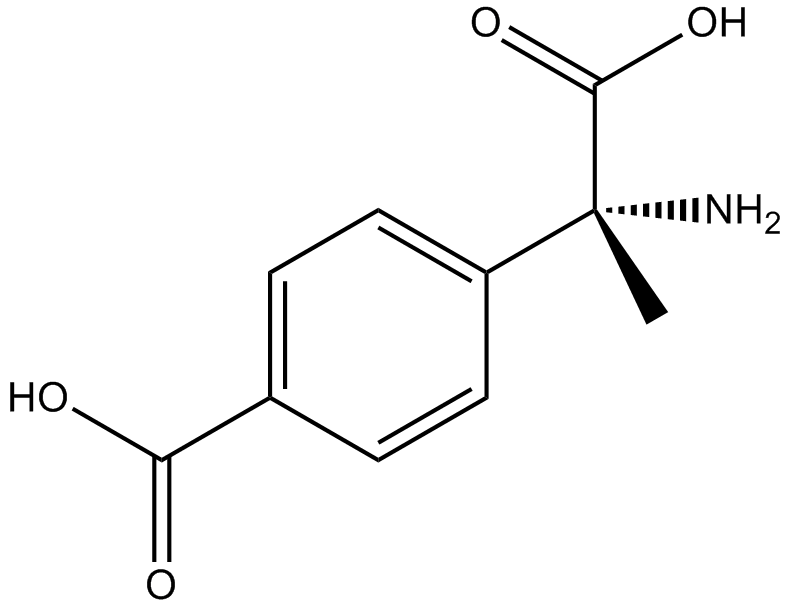 B6265 (RS)-MCPGSummary: mGluR antagonist
B6265 (RS)-MCPGSummary: mGluR antagonist -
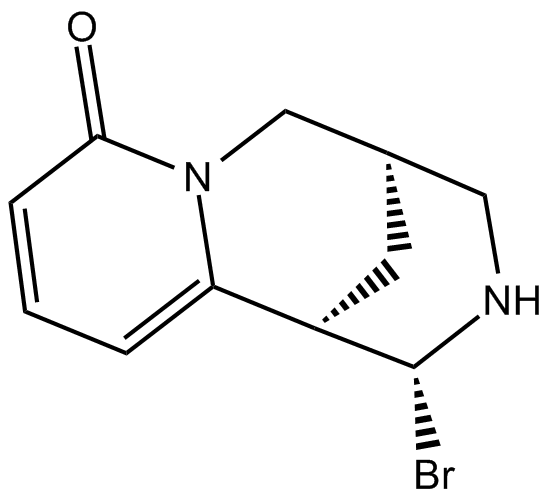 B7423 3-BromocytisineSummary: α4β4, α4β2 and α7 nACh receptor agonist
B7423 3-BromocytisineSummary: α4β4, α4β2 and α7 nACh receptor agonist -
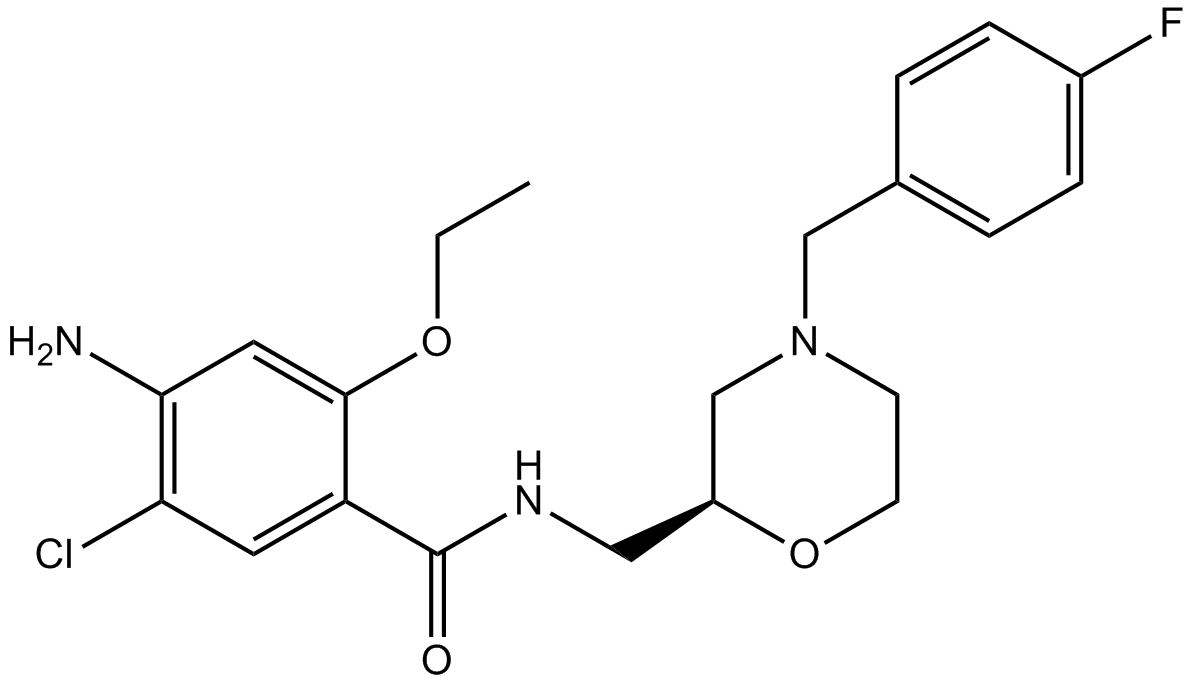 B1059 MosaprideSummary: Selective 5HT4 agonist
B1059 MosaprideSummary: Selective 5HT4 agonist -
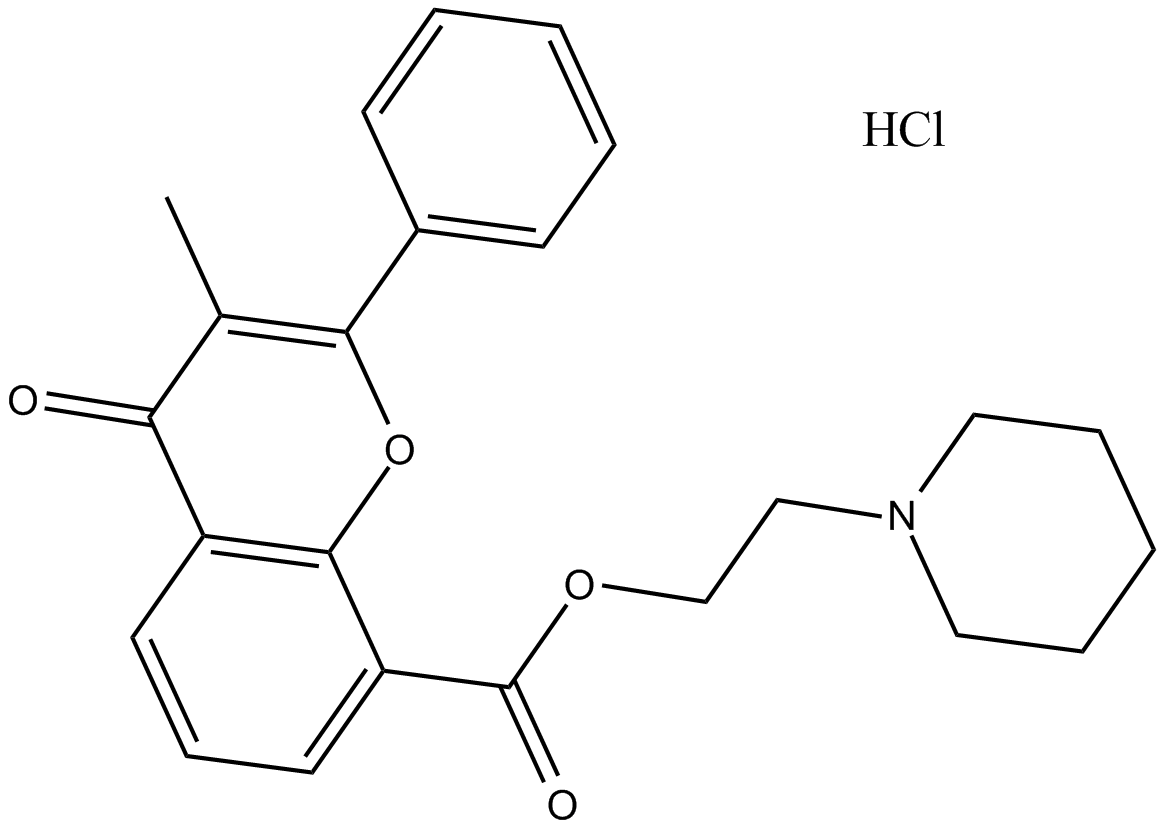 B3433 Flavoxate hydrochlorideSummary: muscarinic AChR antagonist
B3433 Flavoxate hydrochlorideSummary: muscarinic AChR antagonist -
 B3524 BilastineSummary: H1 histamine receptor antagonist
B3524 BilastineSummary: H1 histamine receptor antagonist

